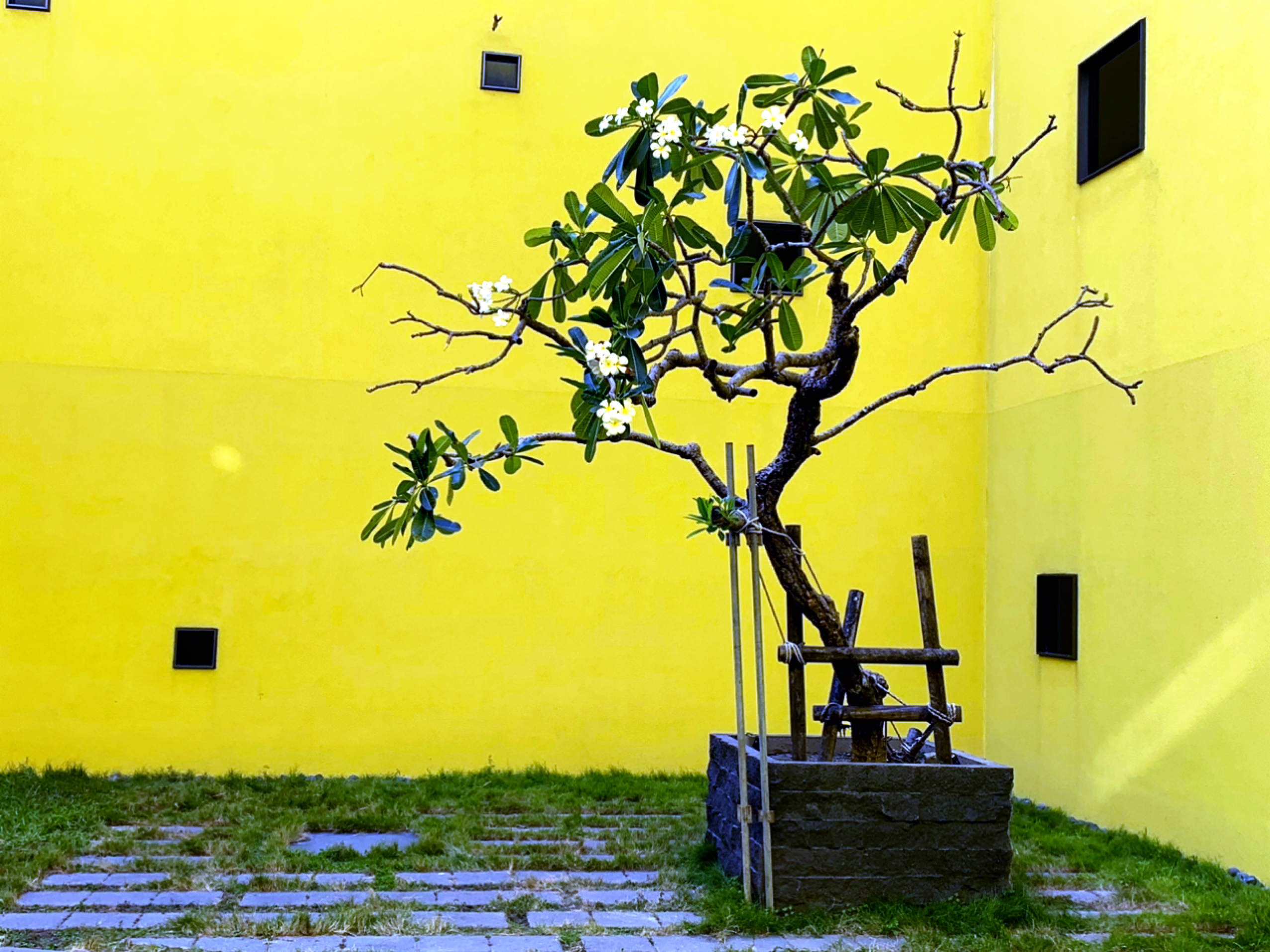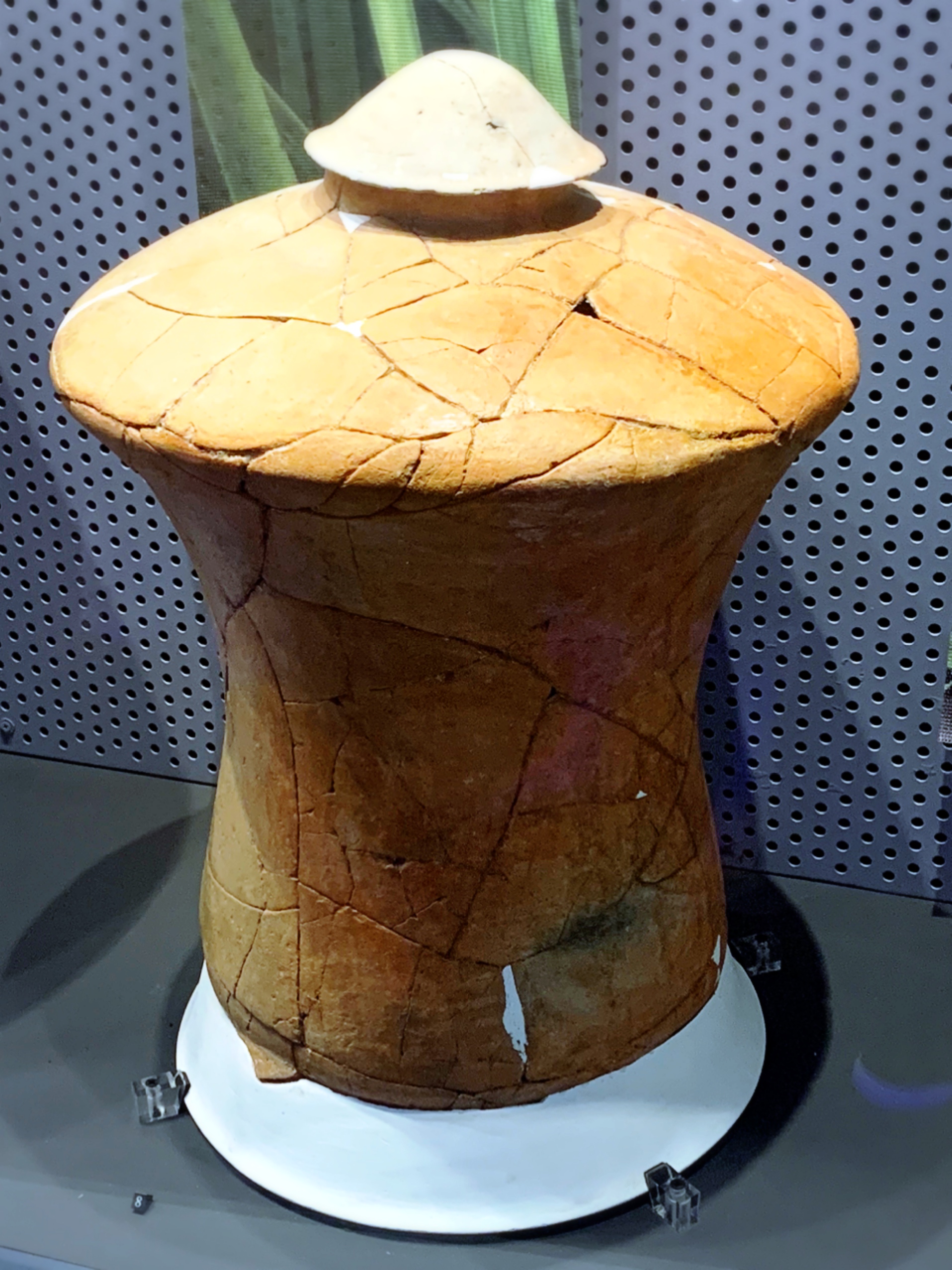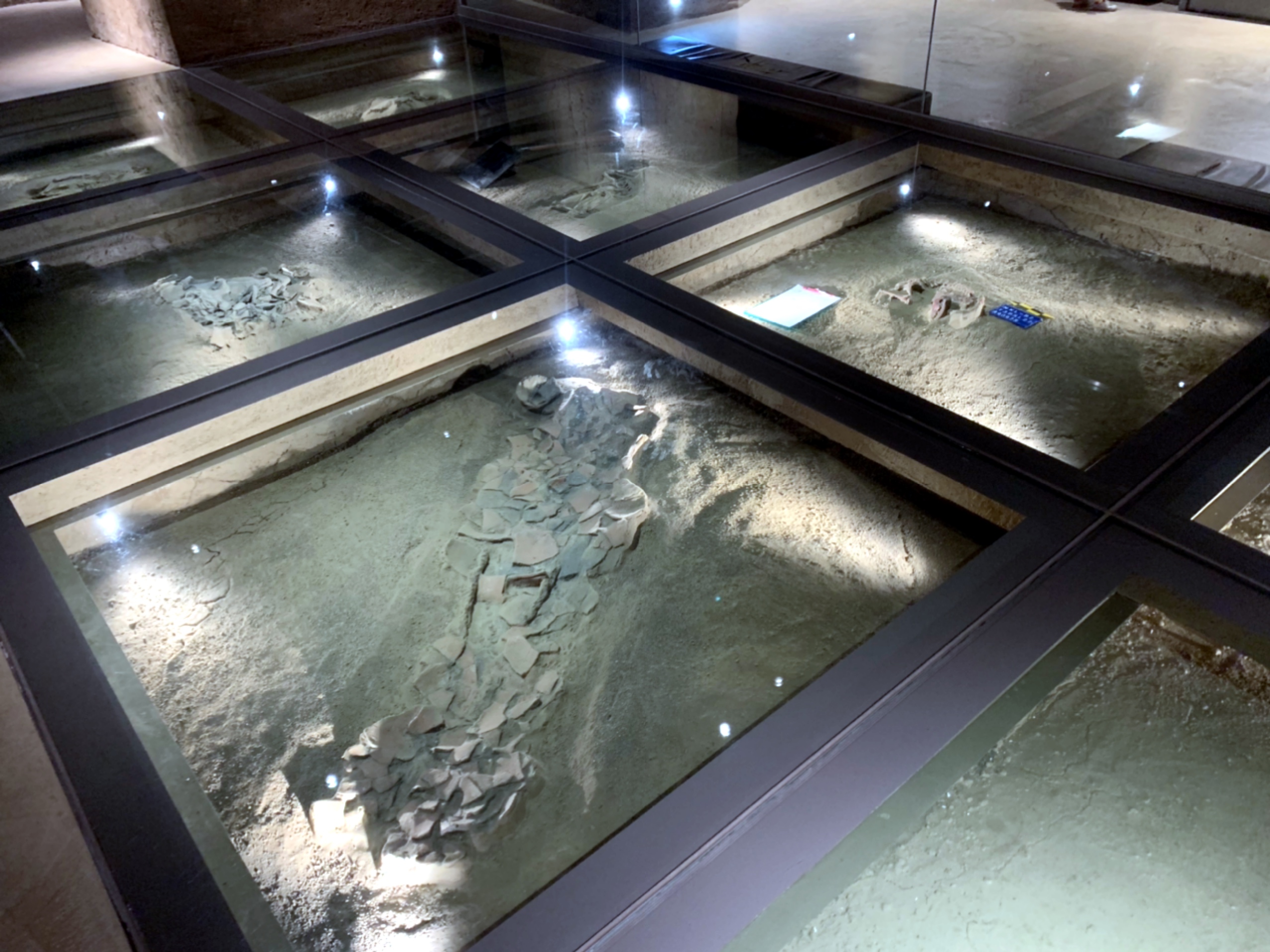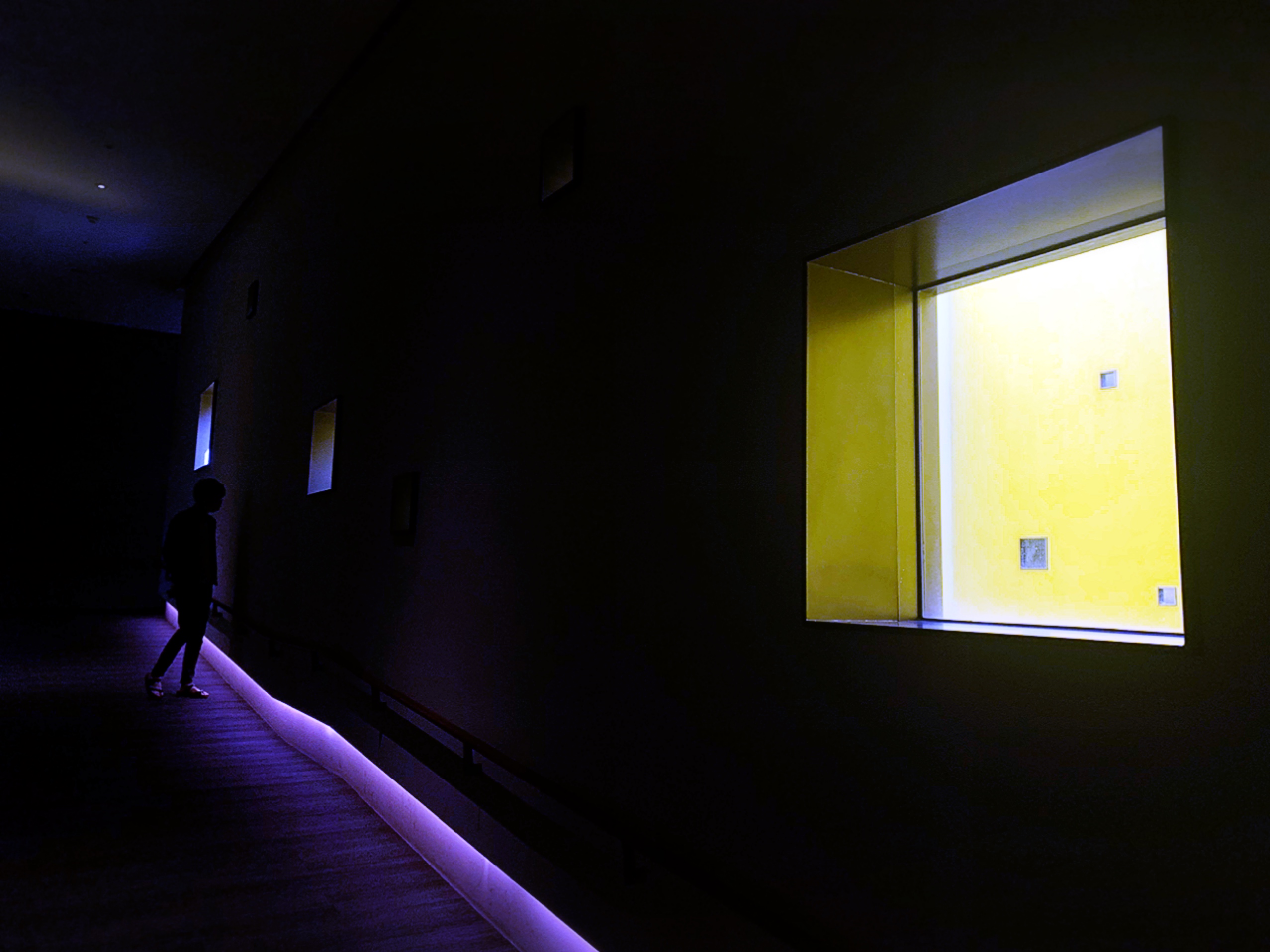This is where Voices from the Mountain comes in. Containing excerpts of longer works by three prominent Indigenous writers -- Badai, Husluman Vava and Auvini Kadresengan -- it's a fantastic introduction to Taiwanese Indigenous literature. Instead of committing to a whole novel, you're committing to some of the most interesting parts of that novel, to get a sense of that writer's storytelling style, wordsmithing and the topics they tend to write about.
The only real issue with this is that if you like what you read, the full novel is not necessarily available in translation. It's not really a chance to read more if your interest is piqued, unless you can read Mandarin. As for me, I can, but I find novels challenging and I'm probably not going to. If anyone knows where to get full translated versions of Husluman Vava's Tattooed Face, Auvini Kadresengan's Wild Lilies or Badai's Ginger Road in English, drop a comment below.
Because Voices from the Mountain is a book of excerpts, not a novel, it's hard to review it per se. Each excerpt and author is different. Instead, I'll offer some thoughts on the stories that have stuck with me. I remember Tattooed Face (the first excerpt from the longer book of the same name) most clearly: the characters learn that a person from a different tribe with different traditions is not someone to be feared but respected. We learn, however, that Indigenous communities are not a monolith. Each tribe and sub-communities within those tribes may have their own customs, history and culture. So often, Taiwan is divided into neat little groups: Hoklo, Hakka, the KMT diaspora, Indigenous. Perhaps some include foreigners, mostly Southeast Asian, Western or Chinese. (Yes, China is a foreign country and people from China are foreigners in Taiwan just as British people in the US are).
But it's really so much more complicated than that. Sure, there are the Zhangzhou and Quanzhou Hoklo, and there are different groups of Hakka (I don't know much about this but I am told that the Hakka community in, say, Meinong is culturally a bit distinct from Hakka communities in Miaoli. But don't take my word for it, I'm hardly an expert). And, of course, Indigenous communities have distinctive cultural and linguistic traits beyond even the 16 recognized tribes.
Think about it: when I moved to Taiwan in 2006, 12 tribes were recognized. By 2007, it was 13. Several tribes (including Makatao and Siraya) are locally recognized, and several more are unrecognized but claim distinct identity. How can we possibly say that "Indigenous Taiwanese" are one cultural unit when even official recognition is so often updated?
Auvini Kadresengan's excerpts more obviously follow the same characters, though it was a bit hard to figure out what was happening when. I enjoyed learning about the intra-village dynamics that gave rise to Er-sai's family situation. If you ever had any notion that Indigenous villages were bastions of purity where everyone got along and nobody followed their individual impulses to community chagrin, then please read these stories and wash the eau de sauvage noble out of your perspective.
I don't actually think this is intentional on Badai's part: we're not meant to wonder, necessarily, if the shaman's magic is real. Perhaps I'm wrong, but I got the distinct impression that this was simply my own interpretation, as an atheist who puts no stock in the supernatural. But you know what else? If I've learned anything about such things after 18 years in Taiwan, it's that you just have to accept there are unknowable things, and ways of looking at those unknowable things that deserve respect.
I recommend Voices from the Mountain, and not only because Taiwanese Indigenous literature in translation is rare enough to find. Even so, on its own it's a worthwhile read for anyone who wants to understand more about Taiwan's Indigenous communities -- their literatures, cultures and histories.











